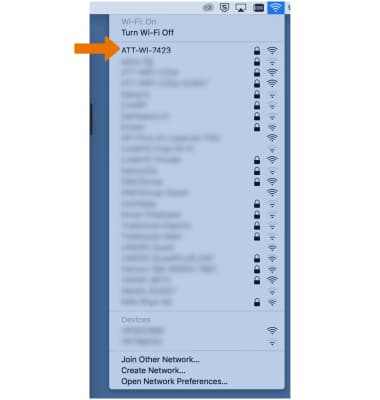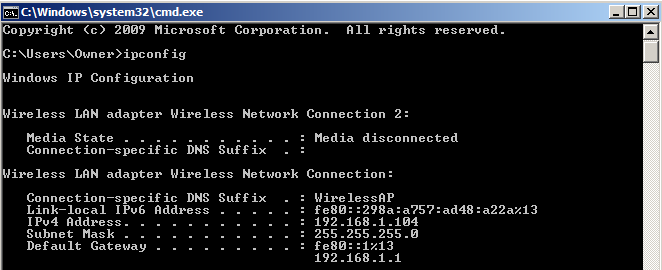
/006_how-to-fix-it-when-your-chromebook-won-t-connect-to-wifi-4802488-5227ce43c8bd46f49e863e559e024737.jpg)
Through 2021, AT&T charged an extra $10 a month to use its AT&T Wi-Fi Gateway.

But there are a few differences from other internet service providers worth paying attention to. What to expect from your AT&T Internet billįor the most part, AT&T Internet is straightforward. As we mentioned at the top of the page, AT&T's CEO has doubled down on the company's commitment to fiber expansion.ĪT&T home internet is available in 21 states throughout the South, the West and the Midwest. That said, the FCC's numbers are out of date (and the data comes with plenty of other flaws, too).Īn AT&T spokesperson wouldn't disclose the most current breakdown of its service plans when we asked, but the company says its fiber footprint is larger than the FCC's year-old data suggests. Speeds won't get much higher than 25Mbps with a connection like that - it's intended mostly for homes that lack other options for getting online.Īccording to the most recent report from the Federal Communications Commission, AT&T Internet plans are 30% fiber, 7% fixed wireless and the rest are DSL. In addition to AT&T's fiber and DSL plans, the company offers a fixed-wireless option, which involves installing an antenna and wireless equipment within the home.
Why is my at and t internet not working download#
This means speeds are much slower than a pure fiber connection, and you won't see upload speeds as high as your download speeds. Outside of the fiber plans, most of AT&T's plans are DSL, a hybrid of fiber-optic and copper cable. That's particularly useful for videoconferencing, transferring files (for those of us working and schooling from home) and online gaming. Fiber connections are symmetrical by design, which means that your upload speeds will be just as fast as your downloads, unlike DSL, cable and other modes of internet.

If you see any of the 300, 500 or gig speed tiers offered at your address, you have access to AT&T's fiber internet service, which uses 100% fiber technology. There are a couple of potential outcomes when you seek to sign up for AT&T Internet. Here are the internet connection types AT&T offers Basic is the right word for it and perhaps that's too generous. In a few geographic locations, mainly rural or suburban areas, you may only have access to AT&T Internet Basic (not shown in the table above), which features either a 5-megabits-per-second plan or one offering 1.5 or 0.8Mbps. That means less value and much slower speeds than what you'll get with fiber.ĪT&T offers at least three of the above plans for most of its serviceable areas. Instead, AT&T connects those customers using fixed wireless or a DSL hybrid service. However, most customers within AT&T's service area aren't living in homes wired for fiber. AT&T's fiber internet offers a great connection at a terrific value. So, where does that put AT&T now? If you're living in one of the 21 states where AT&T provides internet service and eligible for one of the company's fiber plans, then you're in a perfect spot. The new speeds are available to just over 5 million customers right now, with that number expected to grow throughout 2022.

In 2022, AT&T has leaned into that goal by announcing new multi-gig plans in more than 70 cities. In fact, he went further and said AT&T would home in on "the single goal of offering the best fixed-broadband service in the market."


 0 kommentar(er)
0 kommentar(er)
